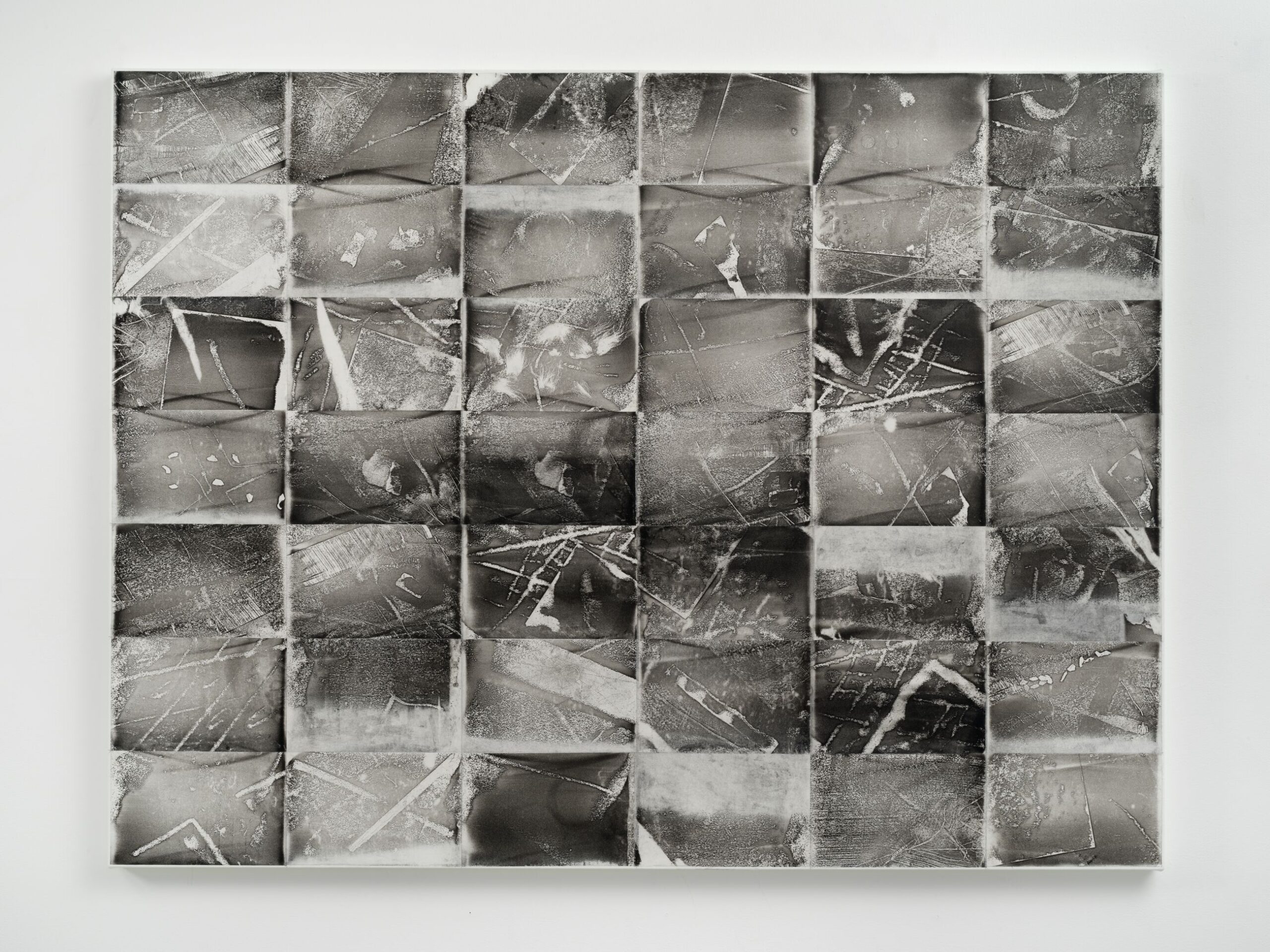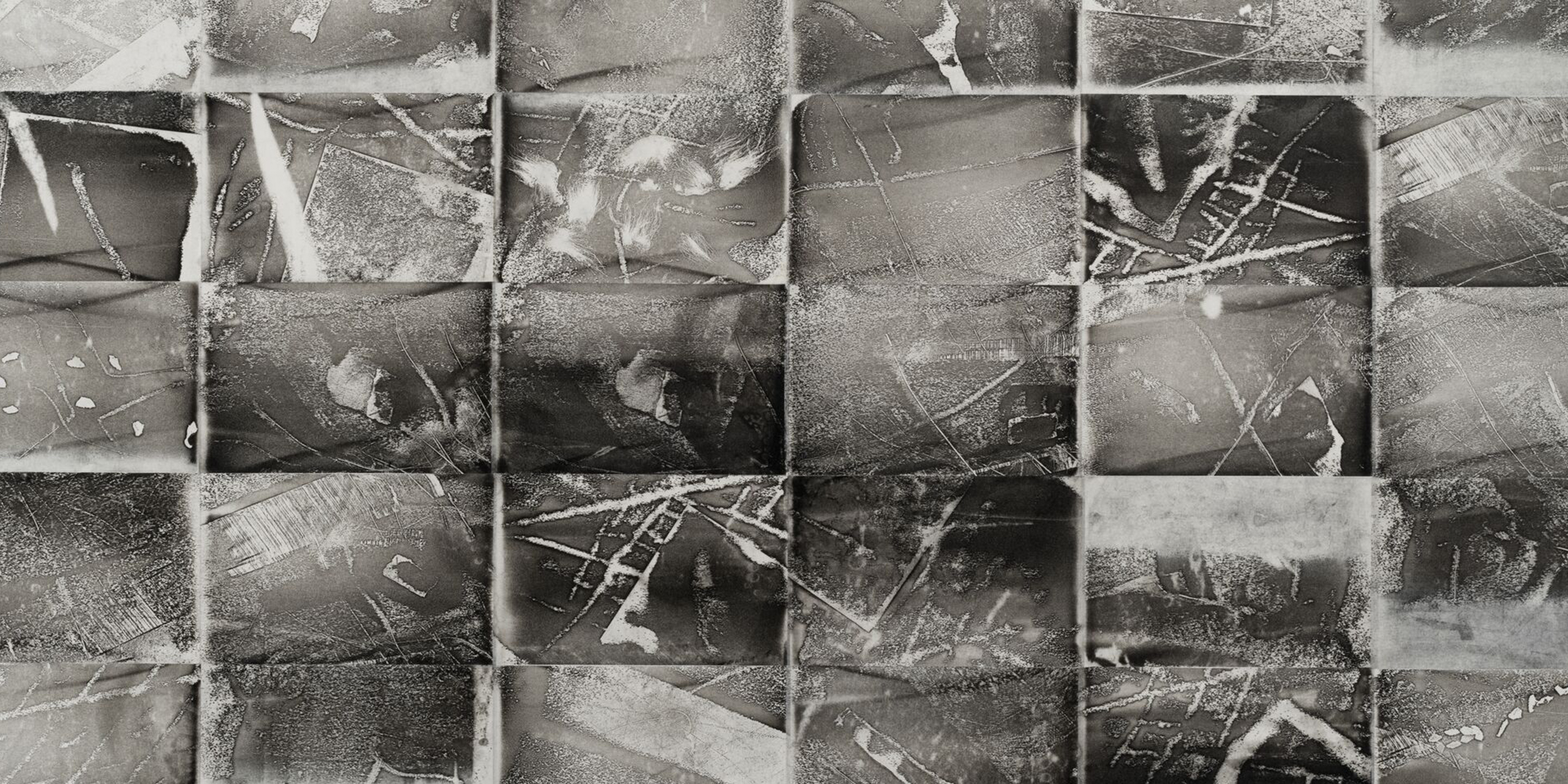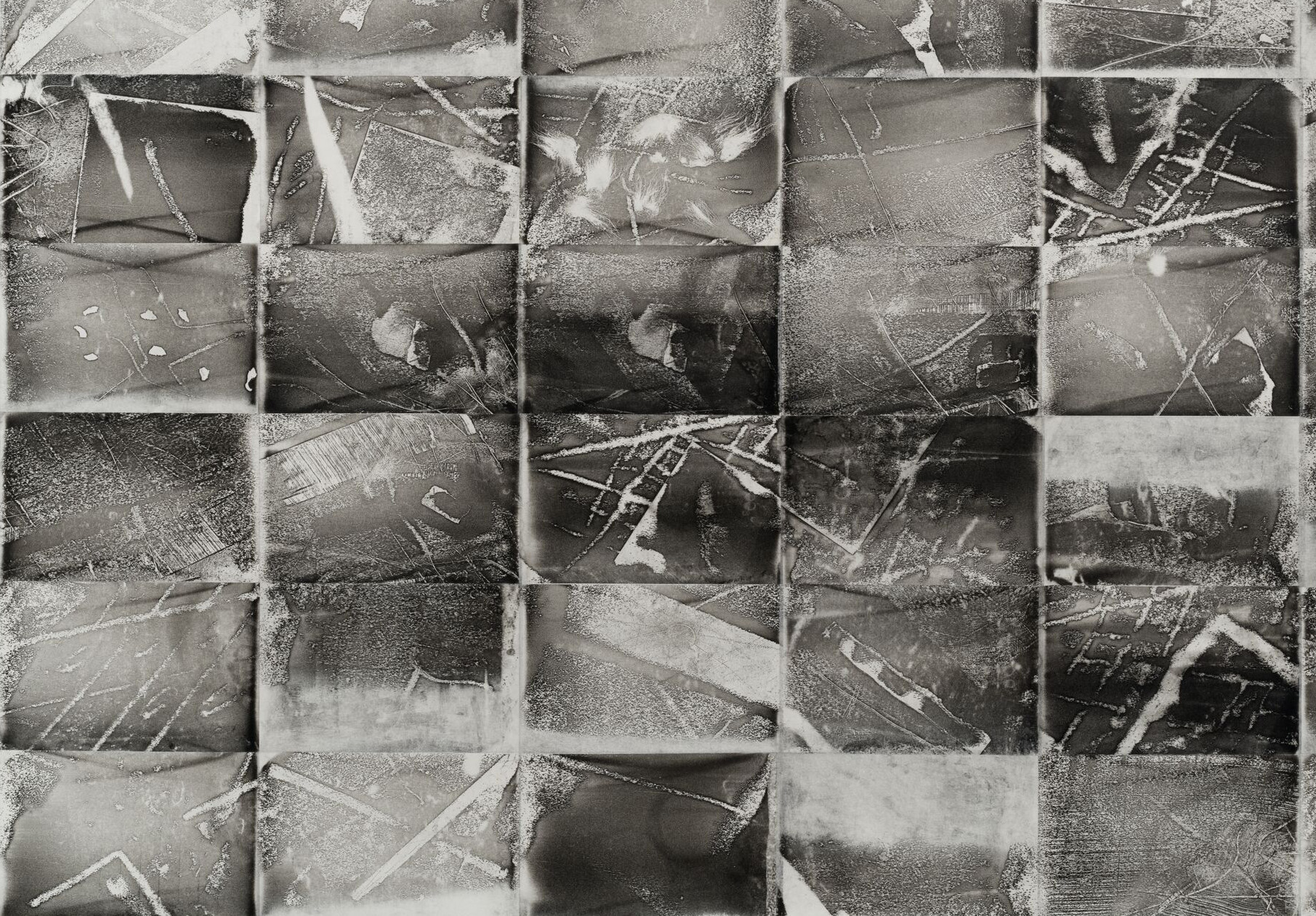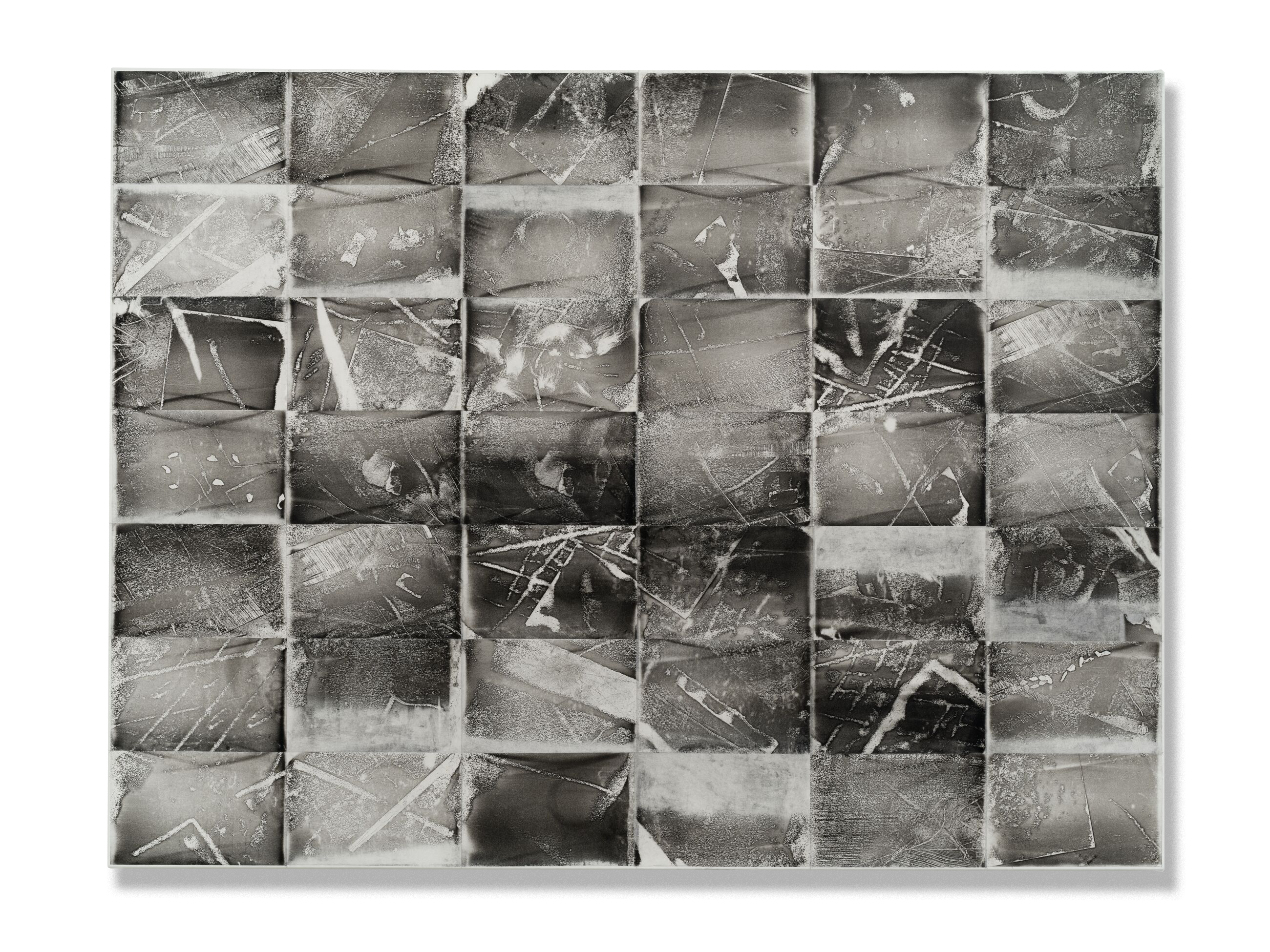Jack Whitten
Xeroxed!, III
Xeroxed!, III
Jack Whitten
Xeroxed!, III
1975
Toner and rice paper mounted on stretched canvas
152.4 x 201.9 x 5.1 cm / 60 x 79 1/2 x 2 in

During the 1970s, Whitten made the conscious decision to remove all gestural mark-making from his work, switching gears to focus more on mechanical automation. He relied heavily on the capacities of Xerox’s electrostatic printing technology, which allowed him to push traditional visual vocabulary and manipulate the idea of plane and space.
In 1970, he received a grant from the Xerox Corporation along with artists Steven Antonakos, Bob Whitman, and Agnes Denes. After a trip to the company headquarters, Whitten made a major discovery: dry pigment or toner needed no binder, but was made permanent by applying heat. He began applying toner directly to canvas and paper, utilizing heat lamps to set the images.


Upon execution of his Xerox drawings, Whitten exclaimed: ‘it worked just as I expected it to — IMMEDIATE—NATURAL—SPONEITY—VERY CRISP—EVERY THING I’VE ALWAYS WANTED FROM A DRAWING—THANKS TO XEROX!’ (1) With total abstraction and sophisticated restraint, the ‘Xerox’ canvases are emblematic of Whitten’s process-based experiments of the decade.
1.) Jack Whitten on 17 May 1974 in Katy Siegel (ed.), ‘Jack Whitten. Notes from the Woodshed’, Zurich/CH: Hauser & Wirth Publishers, 2018, p. 78.



